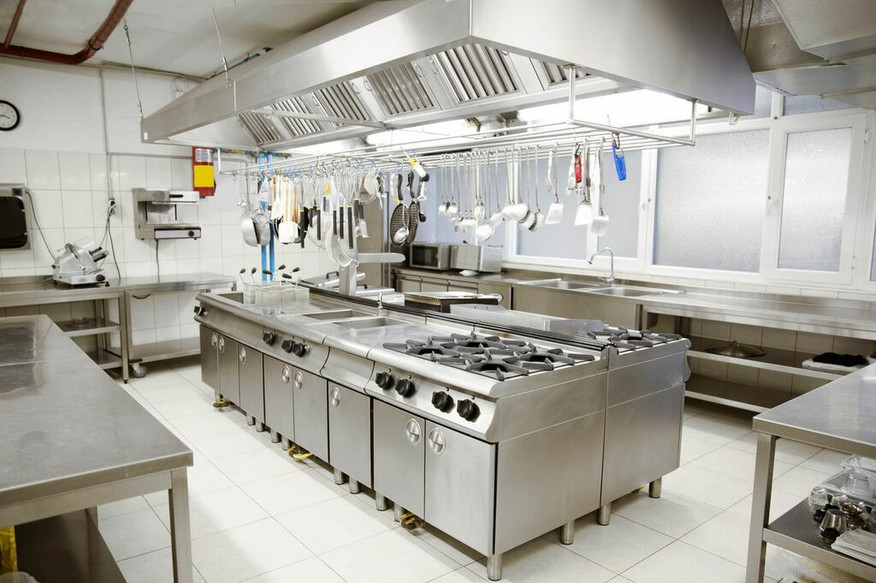Jun 27th 2016 - Guest
How-To Guide to Properly Clean a Restaurant Kitchen
Restaurants are either 24-hour operations or they follow a schedule wherein they open and close for business. Either way, a restaurant kitchen is a facility that must be maintained as a clean environment. The emphasis is on hygiene both for crew and customers alike. Restaurant managers hold their team to a high standard as they inspect their own facilities. In addition, a kitchen must always be prepared for the local government inspectors who make routine visits to ensure health code compliance. What follows is a simple How-To Guide to Properly Clean a Restaurant Kitchen:
Routine is Key to Fulfilling Restaurant Cleanliness
One thing that is consistent with operating a restaurant kitchen is the expectation: It deviates very little from day to day. There are basics to cleaning and sanitation whether the facility gets a break by closing for the night or
not. Chefs who work clean help the ancillary staff, such as the bussers and dishwashers, who typically make regular runs through the kitchen to cycle from gathering up the dirty dishes to return them clean for use again. Even if the
food preparers are themselves a bit on the messy side, there are practices that should be in place to help keep that mess to a minimum.
Sanitation is Priority One
The requirement to maintain sanitation pales or buckets at every station ensures all workers have access to a cleaning solution, typically a mix of bleach with water, at the ready to wipe down stations in order to keep them clean.
These solutions are refreshed on a regular basis to provide a handy cleaning solution that can be used to regularly wipe down work surfaces. These are also items that are tested in a routine inspection. Having an adequate supply of
red sanitation buckets is priority one in any restaurant kitchen.
Keep Cross-Contamination from Occurring
In the restaurant kitchen, there is emphasis on what is called cross-contamination. This is the potential for blood borne pathogens found in food preparation or food serving that may cross-over into other foods or food surfaces. For
example, food preparers should have the proper complement of different-colored cutting boards that allow for restricted use such as one board that is used only for cutting vegetables or fruits, another board strictly for cutting
meats, another board for cutting poultry and so on.
Further, the placement of items inside coolers and walk-ins must follow an awareness of how juices or drippings could possibly fall into other containers. Care must be taken not to store meats above other vulnerable food products such as vegetables or cheeses, just as an example. An ample supply of containers with properly fitting lids, cutting boards, utensils, knives and other instruments used in food preparation and serving, for example, helps to keep food items properly separated to avoid cross-contamination.
A Place for Everything and Everything in its Place
Every good chef follows the French motto, “mise en place,” which translated means “putting everything into place.” It should be no different for every member of the kitchen staff. Having the right complement of bus supplies such as
carts, dollies, glass and dish racks, dispensers, containers and more will ensure the ease by which workers are able to transfer items back and forth between the kitchen, the dining room and the cleaning room or dish-washing
station. Part of keeping a clean kitchen is having the ability to perform efficiently. That’s when the well-oiled machine of many people coordinating to get the job done looks like beautifully orchestrated music.
The goal of a high score after a health inspection means the restaurant remains open, managers keep their jobs and customers are assured a safe place to enjoy a meal. It takes a combined effort on the part of all employees to make sure the kitchen operation meets all health and sanitation requirements. It takes a properly outfitted restaurant kitchen to enable the crew to make cleanliness their priority while enjoying their work.

